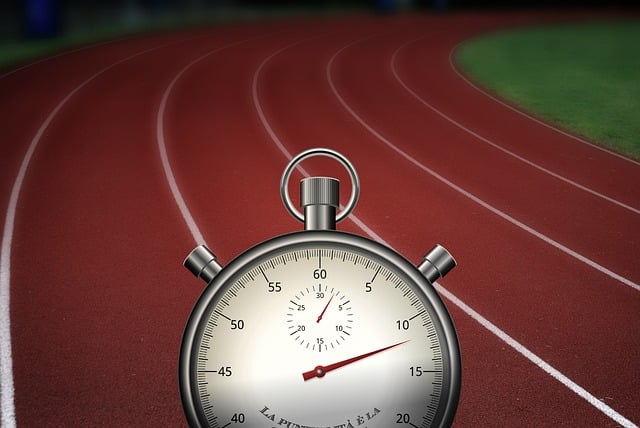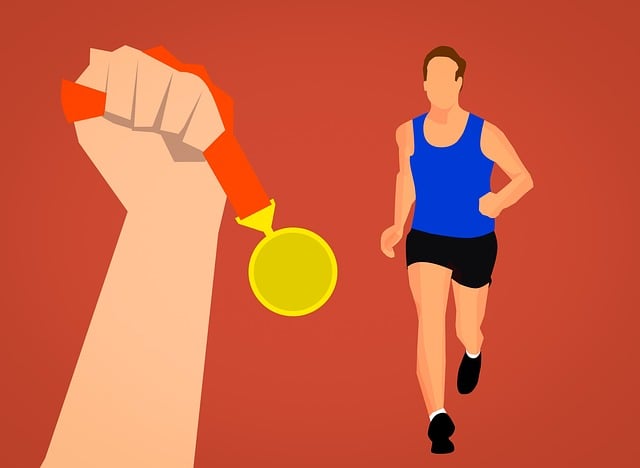In the dynamic field of college cross country, advancements in data collection technologies like GPS trackers, wearable sensors, and advanced timing systems have revolutionized team preparation. These tools enable coaches to create personalized training programs based on metrics such as distance, pace, heart rate, and energy expenditure, enhancing performance and driving better results. Real-time data analysis optimizes strategies, ensures safe training practices, and aids in post-race recovery planning. Prioritizing ethical practices, athlete consent, mental health support, and clear communication further enhances the overall athlete experience and contributes to long-term success in college cross country competitions.
Dive into the intricate world of college cross country performances, where data-driven insights and cutting-edge technologies play a pivotal role in enhancing athletic excellence. This comprehensive analysis explores innovative tracking methods employed by college teams, uncovering valuable data points such as distance, pace, and heart rate. We delve into performance trends over time, revealing seasonal variations and peak periods, while comparing collegiate achievements with national standards and direct rivals. Furthermore, the article sheds light on injury prevention strategies, recovery techniques, and training innovations to optimize team performance in this dynamic sport.
- Data Collection and Tracking Methods for College Cross Country
- – Overview of tracking technologies used in college cross country teams
- – Data points collected (distance, pace, heart rate, etc.)
- – Ethical considerations and athlete consent
Data Collection and Tracking Methods for College Cross Country

In the realm of college cross country, data collection and tracking methods have evolved significantly, enabling coaches and analysts to gain valuable insights into athlete performance. Modern technologies such as GPS trackers, wearable sensors, and advanced timing systems play a pivotal role in this process. These tools allow for detailed monitoring of distance covered, pace, heart rate, and energy expenditure during training sessions and competitions. By capturing this data, coaches can tailor personalized training plans, optimize strategies, and ensure athletes push their limits safely.
The integration of these tracking methods has revolutionized the way teams approach cross country. Coaches can now analyze individual and team trends, identify areas for improvement, and make data-driven decisions to enhance overall performance. This analytical approach fosters a more efficient and effective training environment, ultimately contributing to better college cross country results.
– Overview of tracking technologies used in college cross country teams

In recent years, tracking technologies have become an integral part of training and performance analysis for college cross country teams. These advanced tools provide coaches and athletes with valuable insights into every aspect of their runs, from speed and distance to heart rate and pace strategies. Global Positioning System (GPS) devices and wearable sensors are commonly used to collect real-time data during practices and competitions, offering a comprehensive view of each runner’s performance.
By utilizing these technologies, college cross country programs can tailor training programs more effectively, identify areas for improvement, and optimize strategies for peak competition performance. The data gathered helps in understanding individual runner dynamics, team dynamics, and overall tactical planning, ensuring athletes push their limits safely and efficiently.
– Data points collected (distance, pace, heart rate, etc.)

In the dynamic realm of college cross country, athletes’ performances are meticulously analyzed to unlock their competitive edge. Data points collected during training and races play a pivotal role in this process. Key metrics include distance covered, pace maintained, and heart rate variability, offering insights into endurance, speed, and recovery capabilities. Additionally, split times at various checkpoints provide a granular view of an athlete’s performance throughout the race, enabling coaches and athletes to identify strengths and areas for improvement.
These data are not just numbers; they represent the physical and mental state of the runners, revealing strategies for optimization. By studying pace distributions and heart rate patterns, coaches can tailor training programs to enhance efficiency and prevent injuries. Moreover, analyzing post-race recovery data helps in designing effective rest and nutrition plans, ensuring athletes are primed for their next competitive challenge.
– Ethical considerations and athlete consent

In the realm of college cross country, ensuring ethical practices and athlete consent is paramount. Every performance and training session must adhere to strict guidelines aimed at protecting the well-being and rights of participants. This includes obtaining informed consent from each athlete, where they are made aware of potential risks, benefits, and their rights within the sport. It’s not just about physical safety; it encompasses mental health, as athletes should feel supported and valued.
Organizers and coaches play a crucial role in fostering an environment that respects individual autonomy. This involves regular communication, providing resources for support, and establishing clear protocols for addressing concerns or injuries. By prioritizing these ethical considerations, college cross country programs can enhance the overall experience, ensure fairness, and promote the long-term success of their athletes.






